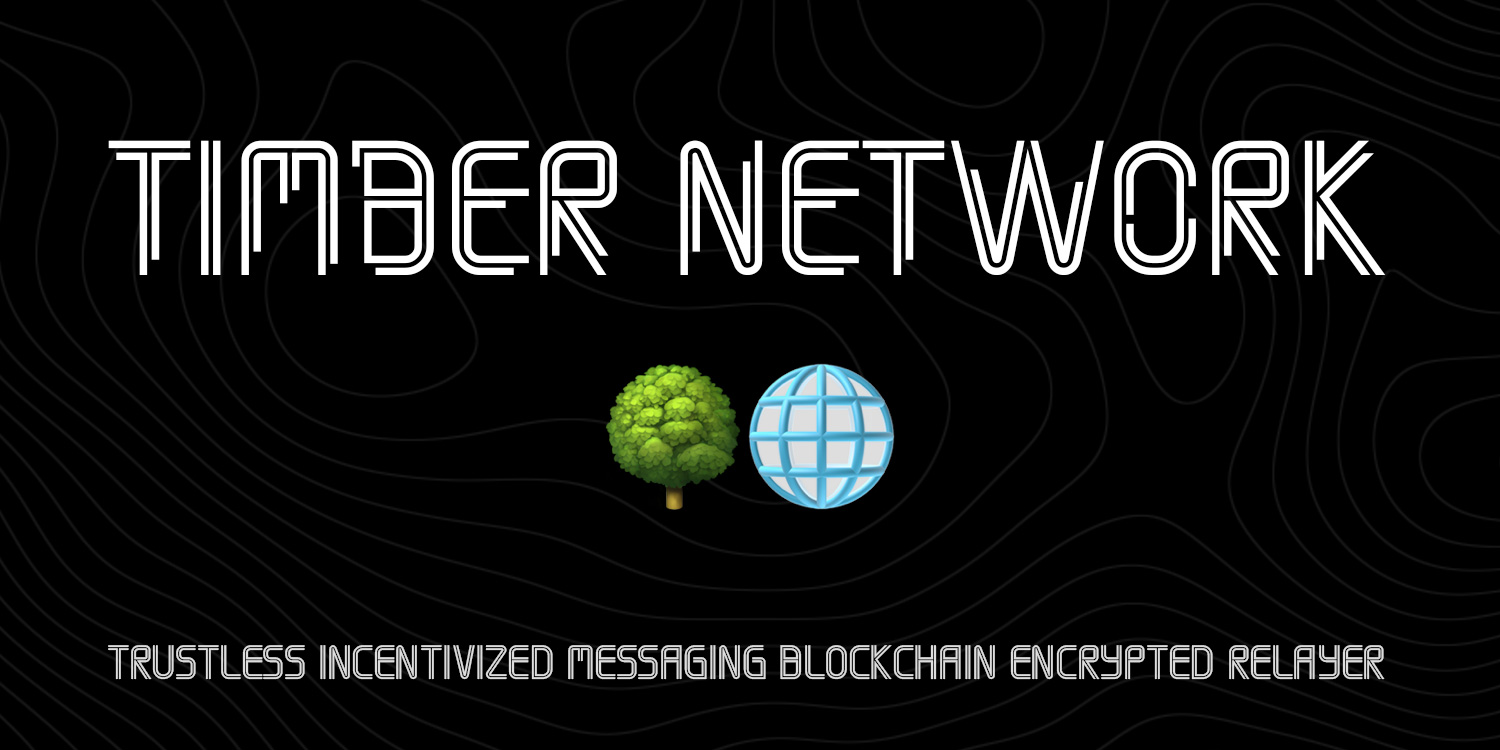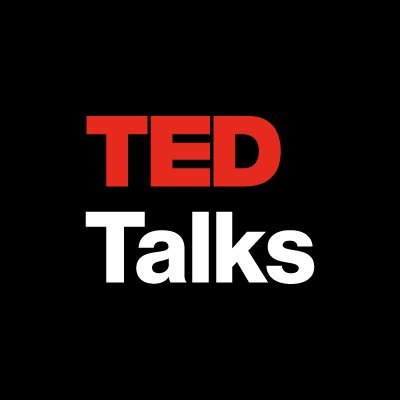In Brief:
- Some colleagues and I are developing a new cross-chain messaging relayer we call Timber Network.
- We used it for a prototype which leverages the Secret Network to enable Ethereum DAOs to vote secretly without ever having to migrate their ERC20 tokens (video demo below).
- Our prototype won a hackathon sponsored by BitDao, of which we are extremely honored.
- 🌳🌐
Application Specific Cross-Chain Messaging
I wanted to share a little info on a project I've been working on with some colleagues. We're building a network which allows different distinct blockchains to communicate and interact with one another. We call it Timber Network. Timber stands for Trustless Incentivized Messaging Blockchain Encrypted Relayer.
The first generation of this sort of technology, the "bridges", were comprised of trusted third parties which simply moved tokens from ChainA to ChainB, several having some high profile security issues. Then came the 2nd generation, the "relayers" which are much harder in terms of security. Some introduced features for "generalized" cross-chain message relaying. This feature could be very useful though it's primary use for token transfers in and out of liquidity pools ie "bridging".
While some of these generalized messaging relayers are extremely cool, they all seem to focus on "general messaging" as its primary use was token transfers. I see a need for a next generation, relayers which execute more complex logic: an "application specific" relayer. The concept is that dApps that share common dApp primitives (ie voting, minting NFTs, swaps) agree on a standardized set of messaging protocols which would allow distinct blockchains to work interoperably. The goal is to connect blockchains together and leverage one another’s features like Lego's.
Introducing Timber Network
Timber Network has three primary components: a base blockchain which manages governance, gateway smart contract deployed on supported chains, and relayers which are responsible for interacting with gateway smart contracts. Privacy is preserved using ZK-SNARKs between the relayer and base chain. The base chain enforces trust minimization in the network while allowing modularity in the from the contracts and relayer.
Working Example: Secret Ballot DAO Voting for Ethereum
Problem: The Ethereum network is public by design which is usually great for most use cases, but bad for DAOs who want a secret ballot (since anyone can see how you voted). Secret ballots are sort of an MVP feature of democracy which isn't possible on Ethereum alone. This is actually a growing problem as teams increasingly form DAOs to operate their startup (voting against your team or boss might lead to some awkward situations).
There are other blockchains which have privacy features, one of our favorites being The Secret Network. But it's difficult for a DAO to simply pack up and migrate to an entirely different blockchain because the DAO might have voting tokens which they cannot bridge, a locked treasury, or using ENS for their identity. With an "application specific" cross-chain relayer, the DAO can balance the strengths and weakness of multiple chains together such as keeping their voting tokens on Ethereum but using the privacy of Secret Network to vote.
Solution: To demonstrate this we built a prototype which balances both networks. We have contracts deployed to both Secret and Ethereum and a relayer with limited permissions on each. Upon voting the relayer provides Secret with the only data points it needs to know: a signed message with their ETH address, voting token balance, and chain metadata which registers the user to vote on Secret.
What is known is that a user is registered but not what they voted for. At the end of the proposal only the result is sent back to Ethereum, where it would be possible to then call another contract such as a treasury contract. All execution is trustless, votes are private, and the relayer only has permissions to read and write these specific data.
Further Plans
This DAO use case is just one example of the potential possibilities of using blockchains in this way. There are endless possibilities when connecting these networks like this. Our long term vision is a blockchain equivalent of Zapier. As a developer this is what I want:
- I want a private, encrypted, front run resistant order book on
Oasisto trigger transactions onEthereumUniswap - I want members of my DAO on
Ethereumto vote on a political party privately onSecret Networkwith theirEthereumvoting tokens, and then give those who voted access to my politics group onLens Protocol - I want to
mint an NFTonBSConly to users who own aBored ApeonEthereum - I want users to be able to stake their
SolanaNFTs to validate onCosmos - I want users to add liquidity to my token on
UniswaponEthereumand thenbridgetheir LP token over to my yield farm onAvalanche - I want to build an epic Web3 game where the top PFP NFTs from
EthereumBSCandAvalanchebattle one another in a fierce metaverse dance off for yield rewards onMoonbeam
And I want all of that to happen in a way which is trustless, verifiable, private when it needs to be, and without making a single Web2 API call.
Final Thoughts
Timber Network is under heavy development and there is still a lot of work to be done. If you're interested in working with us, please reach out on Twitter or email.
Team Timber would also like to give thanks to BitDAO and Sozu House for their support on this project.




